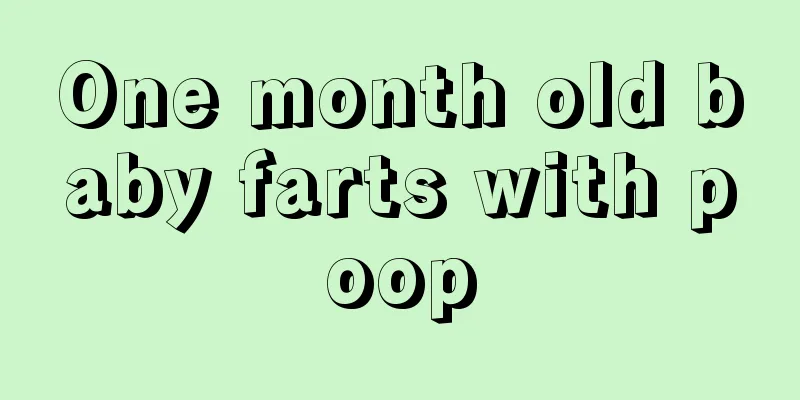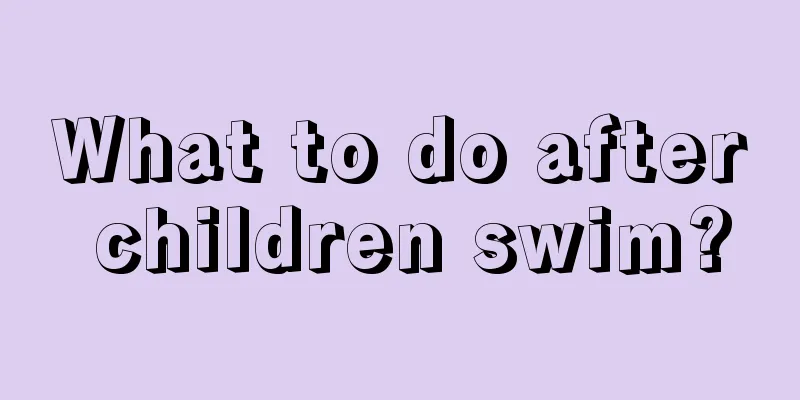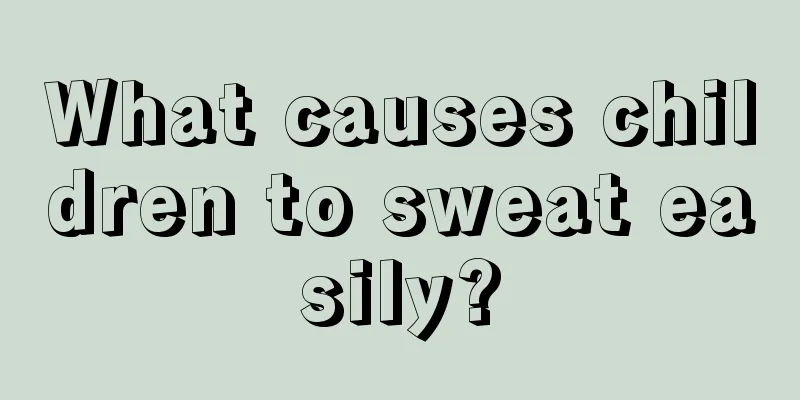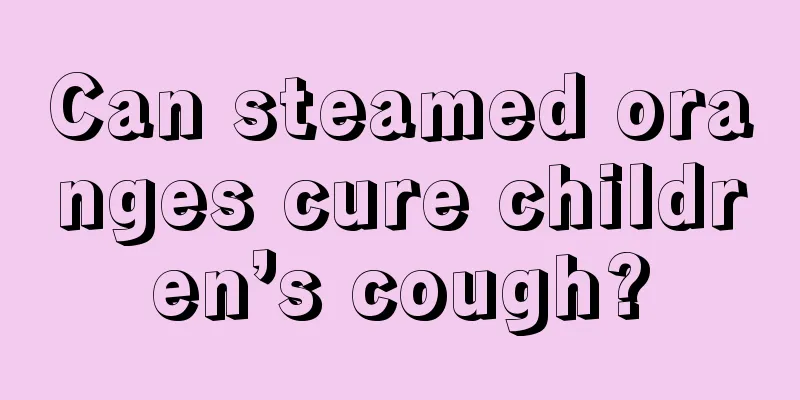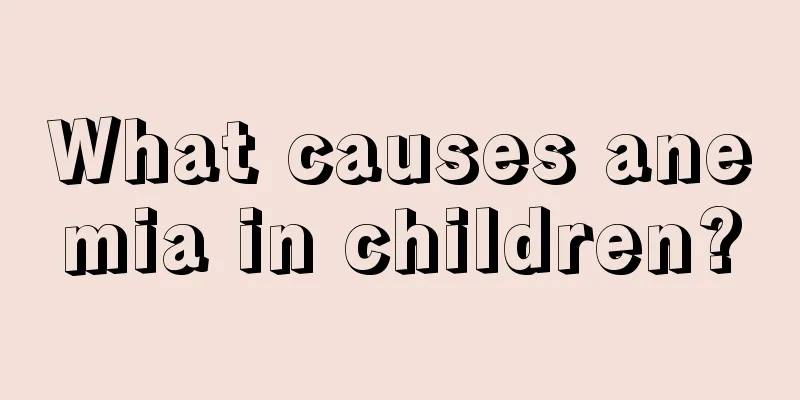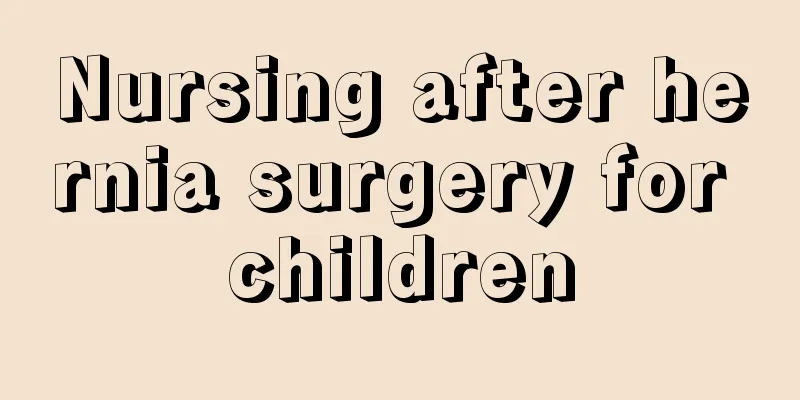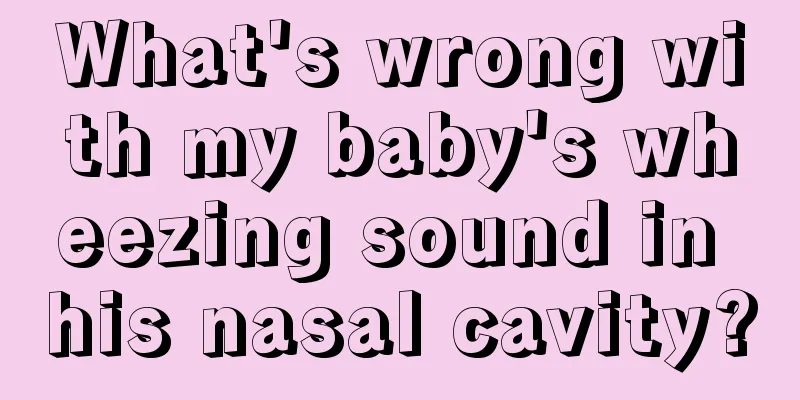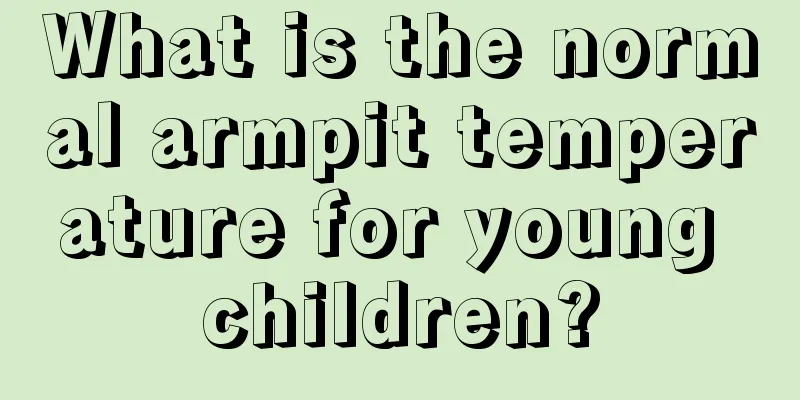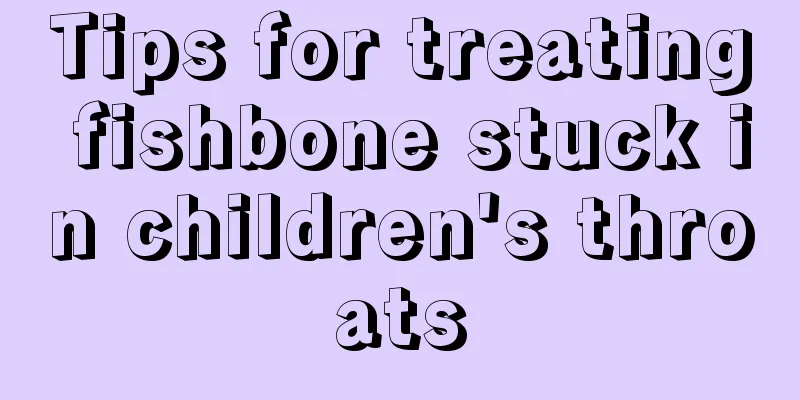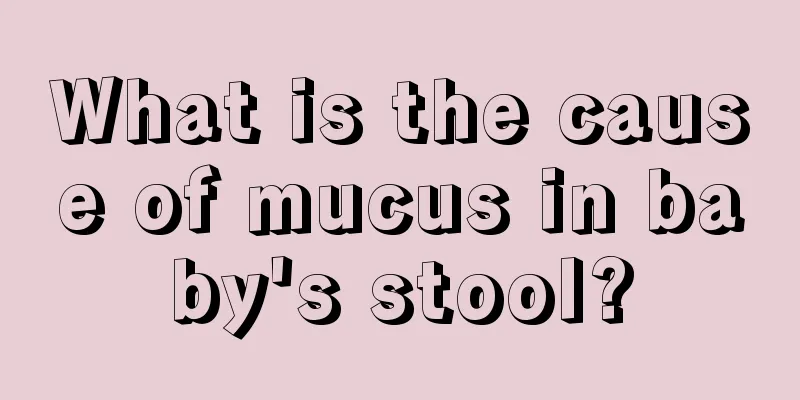What to do with conjunctivitis in a three-year-old baby
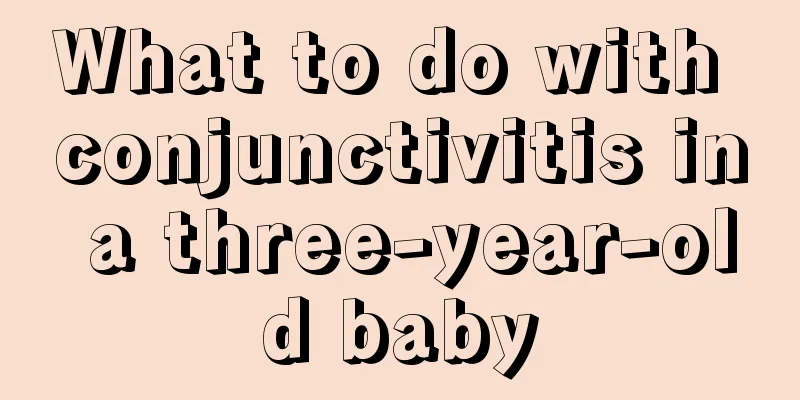
|
When a three-year-old baby develops conjunctivitis, it is best to perform surgical treatment in a timely manner, but attention should be paid to post-operative care so that the affected vision can be alleviated in a timely manner. After surgery to treat conjunctivitis in a three-year-old baby, it is best to clean up the secretions and divert the baby's attention. The baby should also pay attention to a light diet and take medication according to the doctor's advice. Conjunctivitis Care Guide 1. Clean up secretions Babies with conjunctivitis will have some secretions around their eyes, which will clog their eyes. All parents need to do is take a cotton ball or soft gauze and dip it in warm water to clean the secretions from the corners of their baby's eyes. Parents need to pay attention when using cotton balls or gauze and replace them frequently. After using one eye, new cotton balls or gauze need to be used to avoid cross infection. 2. Divert attention Babies with conjunctivitis will feel itchy around their eyes and can't help rubbing them with their hands. Tell your baby not to rub their eyes, as the more they rub, the more itchy they will become. Also, before your baby rubs his eyes, take out his favorite toys to attract his attention. 3. Drug treatment The treatment of conjunctivitis mainly relies on topical eye drops or eye ointments. Systemic antibiotics are only required when severe conjunctivitis such as gonococcal conjunctivitis and chlamydial conjunctivitis is confirmed. 4. Eat a light diet Younger babies continue to drink breast milk, and babies who can eat complementary foods should try to drink light porridge, soup, etc. Older babies start to eat adult meals and have more food to choose from. However, during the period of conjunctivitis, spicy and irritating foods such as onions, leeks, garlic, peppers, and foods that may easily cause allergies in babies, such as fish and seafood, should be temporarily avoided. |
<<: What to do if your child has conjunctivitis
>>: What causes synovitis in children?
Recommend
What to do if a three-year-old baby has a high fever and convulsions
Generally speaking, parents are particularly trou...
What are the symptoms of seafood allergy in babies?
Most people have allergic constitutions, but the ...
Why does my child have knee pain at night?
Sometimes I feel knee pain at night, which is par...
What to eat when your baby has symptoms of iron deficiency
The main reason why people use iron pans when coo...
3-year-old child with rhinitis
Adults feel miserable after suffering from rhinit...
What to do if a 20-day-old newborn gets angry
Getting a fever is a particularly common symptom....
Why does a child have blisters on his tongue when he has a fever?
When a child has a fever, parents will become ver...
Mental retardation training
In life, there are always some children whose int...
How to tell if your child has asthma
Children's respiratory tract is very fragile,...
White spots on baby's body
Because newborn babies are delicate, special atte...
What to do if your baby's cough won't go away
The baby's cough cannot be cured because many...
Children twitching after falling asleep
Some children will suddenly convulse after fallin...
Expert guidance: 10 nutritional tips for a healthy baby
Every mother hopes that her baby is healthy, but ...
Your child doesn’t like to eat fruit? 5 tips to make your kids fall in love with fruit!
Your child doesn’t like to eat fruit? 5 tips to m...
Why does the baby's lower lip tremble?
When a baby first appears in this world, he or sh...
